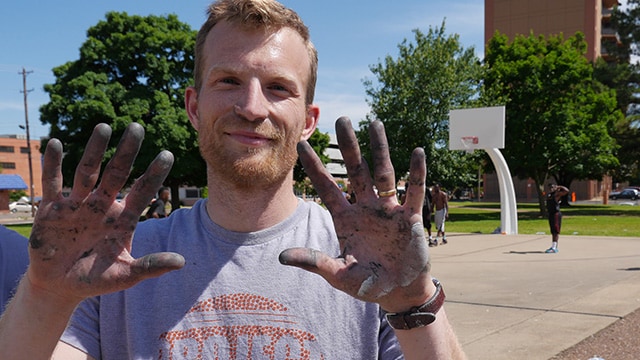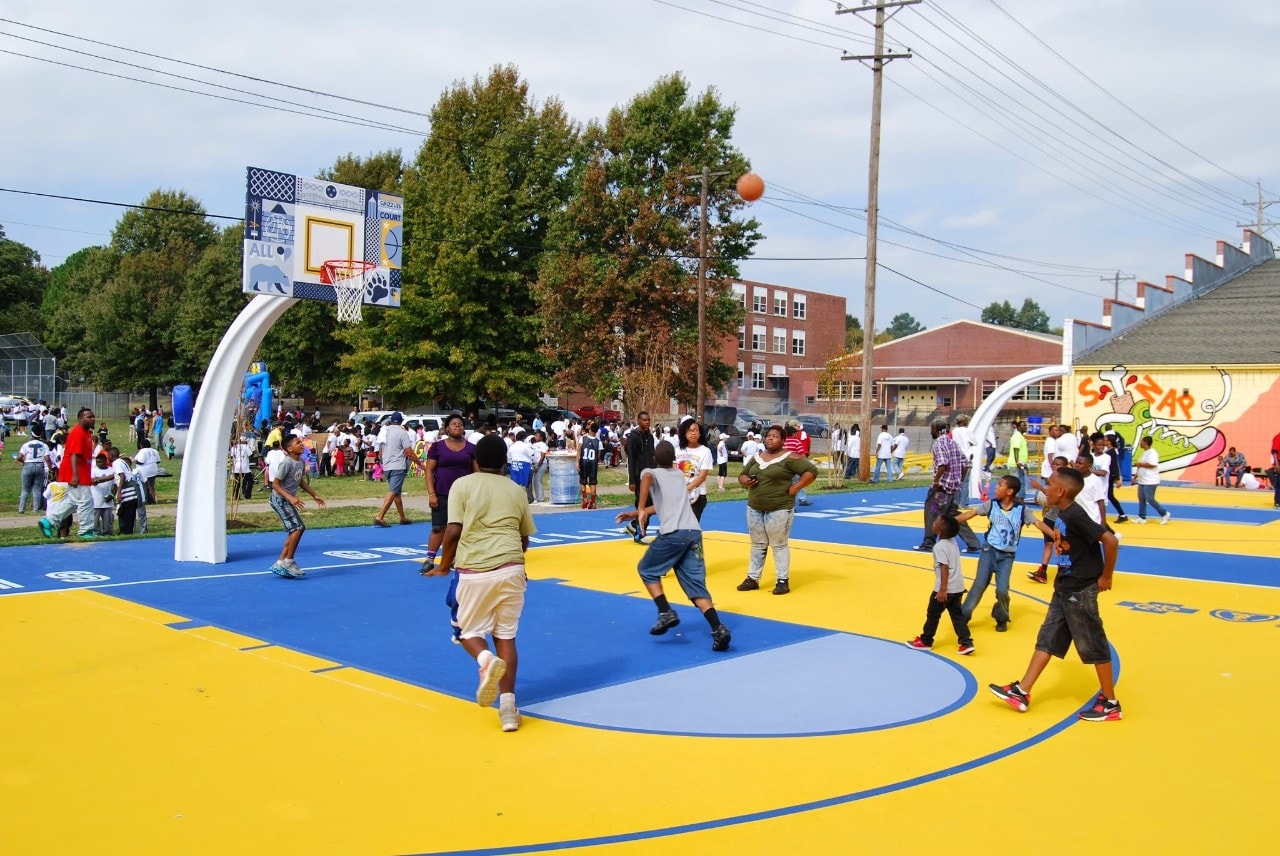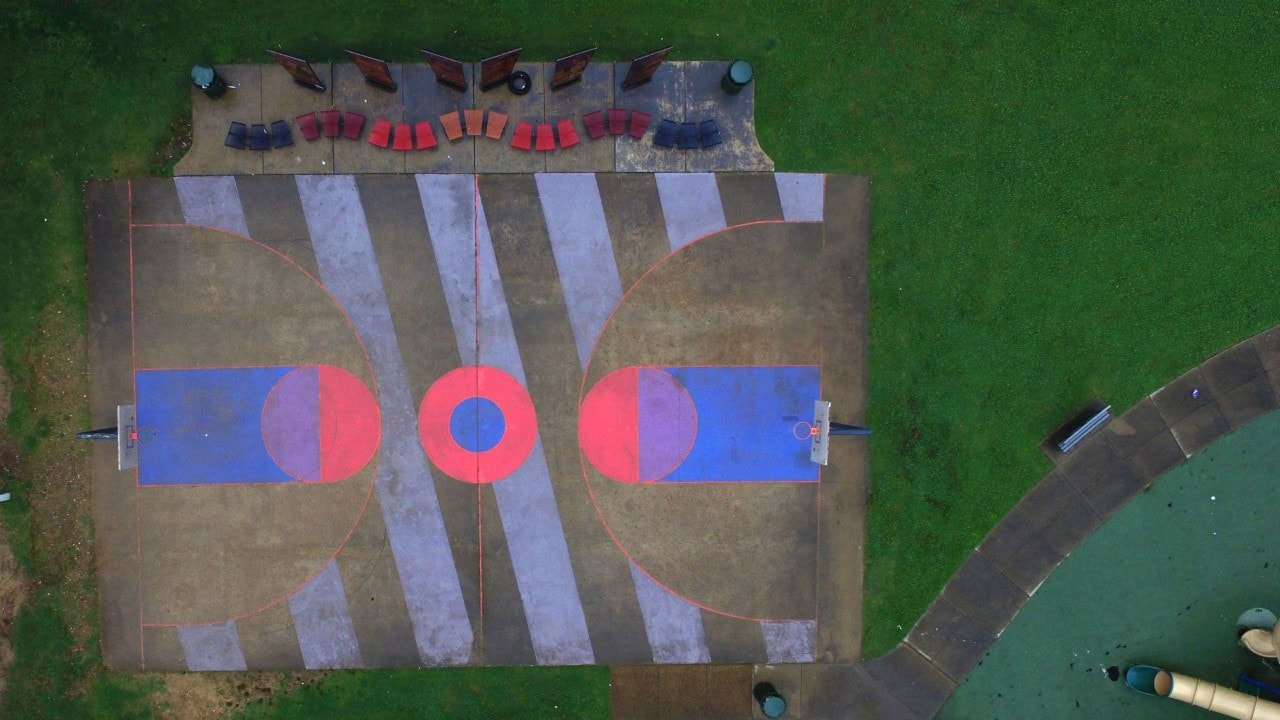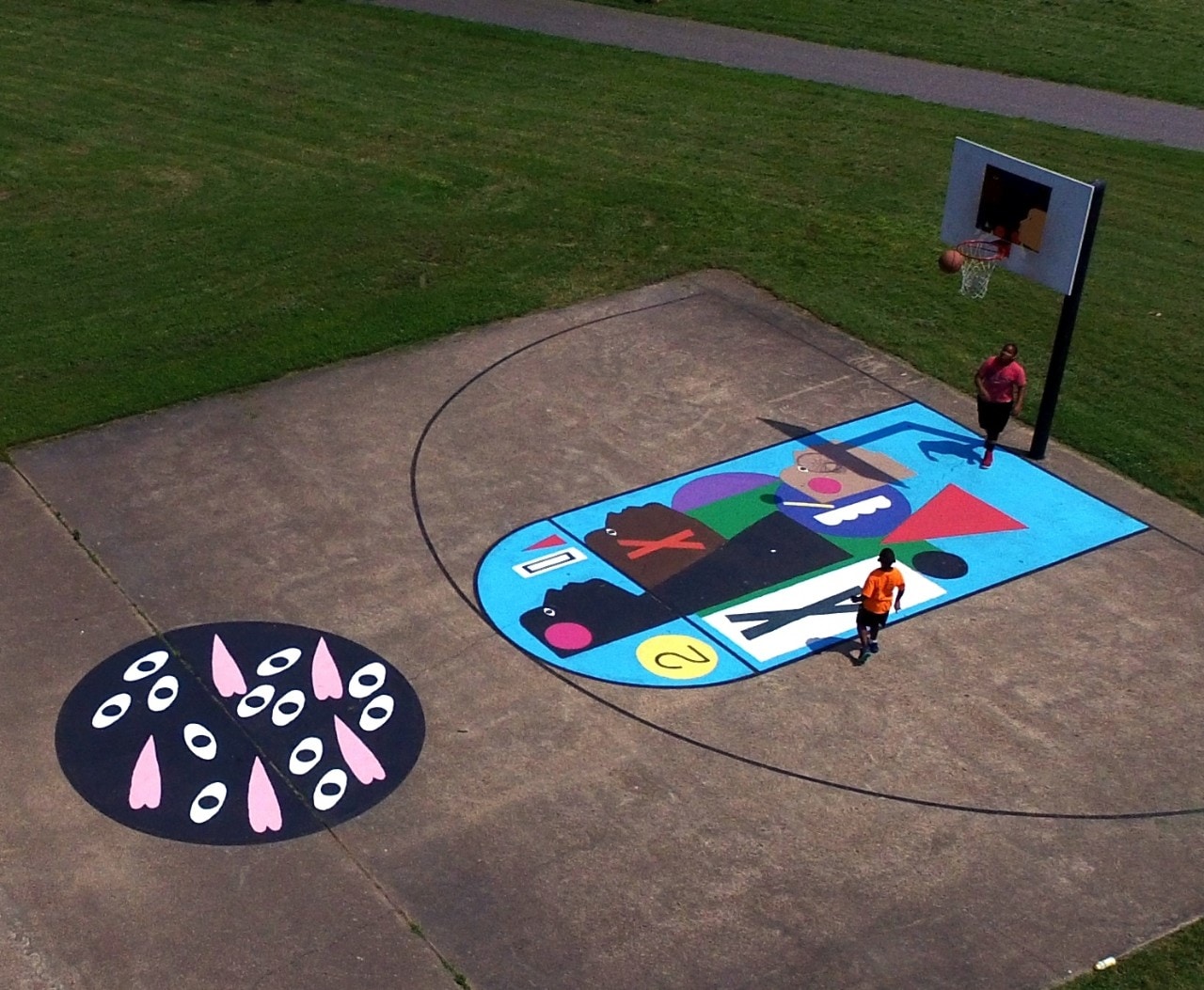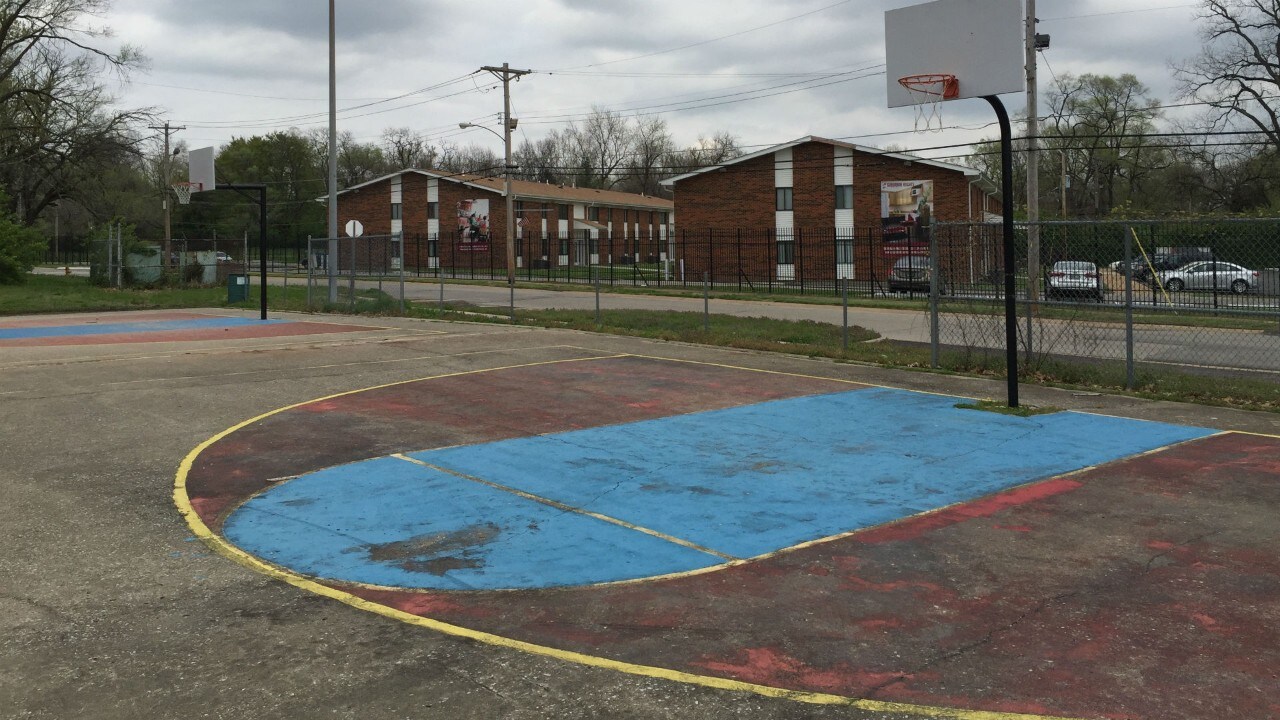
Reservations
Car Rental
- Start a Car Reservation
- View/Modify/Cancel
- All Deals & Coupons
- Get a Receipt
- Moving Truck or Van Rentals
- One-Way Car Rentals
- Long-Term Car Rentals
- Subscribe with Enterprise
- Car Rental Delivery
- Rent a Car After an Accident
- Dealership & Service Vehicles
- Payment Options
- Rental Coverage
- Rental Coverage Levels
Vehicles
Vehicles For Rent
Buy A Car
Locations
Car Locations
- United States Car Rental Locations
- Europe Car Rental Locations
- Latin America & Caribbean Car Rental Locations
- Asia & Pacific Car Rental Locations
- All International Car Rental Locations
Buy a Car
Buy A Car
Why Buy From Enterprise
For Business
Solutions for Business
- Driving Business
- Enterprise Business Rental Program
- Public Sector
- Mileage Reimbursement Calculator
- Enterprise Truck Rentals
- Entertainment & Production Rentals
- Enterprise CarShare for Business
- Commute with Enterprise
- Car Sales for Business
Learn
The Company
- About Us
- Total Mobility Solutions
- Meet our People
- Supporting those in Service
- Community & Sustainability
- Enterprise Mobility
- Careers
- Pursuits with Enterprise™
- Scenic Drives by Pursuits with Enterprise™
- Weekend Adventures by Pursuits with Enterprise™
- Enterprise + Sports
- Enterprise + Music
- Road Trip Ideas

